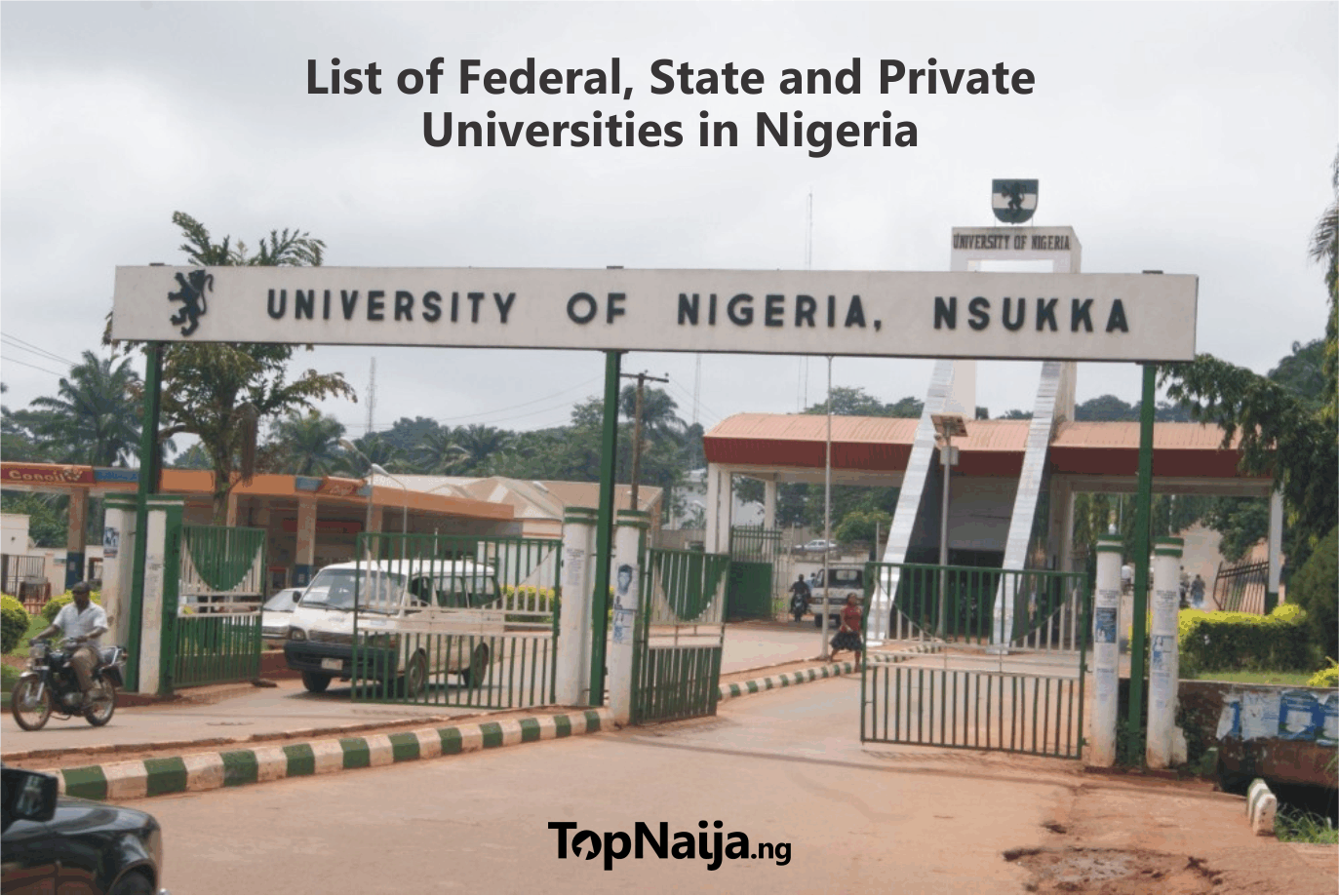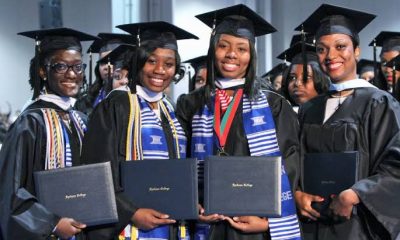NEWS
Universities Must Adapt To Constant Change To Thrive

As industries evolve and demographics change, the need for education continues to grow.
We, as a global society, spend quite a bit of money on higher education – BMO Capital Markets estimates that the United States alone spends approximately US$1.7 trillion on educational services – including about US$600 million on post-secondary education – and GSV Advisors estimates that worldwide spending is quickly approaching US$5 trillion.
That’s a lot of cash. And yet, as we spend more money on education, and as universities create new degree and certificate programmes, employers are asking for graduates with different skills than the ones we teach and some students struggle to get jobs, leaving many unemployed or underemployed.
Although the worldwide market for higher education is large, it is also shifting. The ‘traditional’ college student population has been flat or declining for years in many countries, the demand for continuing and professional education continues to rise, information is abundant and more easily attained, technology is changing the way we think about and deliver education globally and both existing and new market entrants are offering a variety of new programmes (including micro-degrees).
Continuing education units are increasingly getting into the game – as are consultants and training firms and a wide array of innovative new entrants, including Minerva, McKinsey Academy, General Assembly, Emeritus Institute of Management, Udemy, Singularity University, and a host of others.
There’s an interesting video by angel investor Salim Ismail, who is connected with Singularity University, and although it’s long, it’s worth watching for some of the megatrends impacting business and society, how organisations are evolving business models with great success and information about how Singularity teaches and challenges students to solve very difficult problems.
Challenges ahead
With an increasingly crowded market for higher education offerings and the public questioning the value of traditional degree programmes, colleges and universities have some difficult challenges ahead.
As the market becomes more crowded, there are societal and demographic trends presenting colleges and universities with a unique opportunity to do good and do well by better preparing students – throughout their lifecycle – for the challenges and opportunities that await them.
With people living longer, social security and other government ‘safety nets’ faltering and the world of work changing, people have both the opportunity and the need to ‘retool’ more frequently and expand the duration of their active working life.
As technology evolves, the skills people need change as well and higher education will need to respond accordingly. Many of the jobs in highest demand today were not in existence a decade ago and the pace of change will certainly accelerate. Because of these changes, there is a greater need than ever before for universities and other organisations to bridge the gap between employer needs and human talent potential.
The universities that adapt to address the whole person, multiple careers and the entire educational lifecycle will be the ones that survive and thrive.
How might we spur more innovation in higher education? Not just for ‘the usual suspects’ (people between 18 and 25 years old), but for a wide variety of people across their lifecycle, to prepare them for engaged and productive lives spanning a longer productive life, multiple careers, changing technologies and the new world of work.























